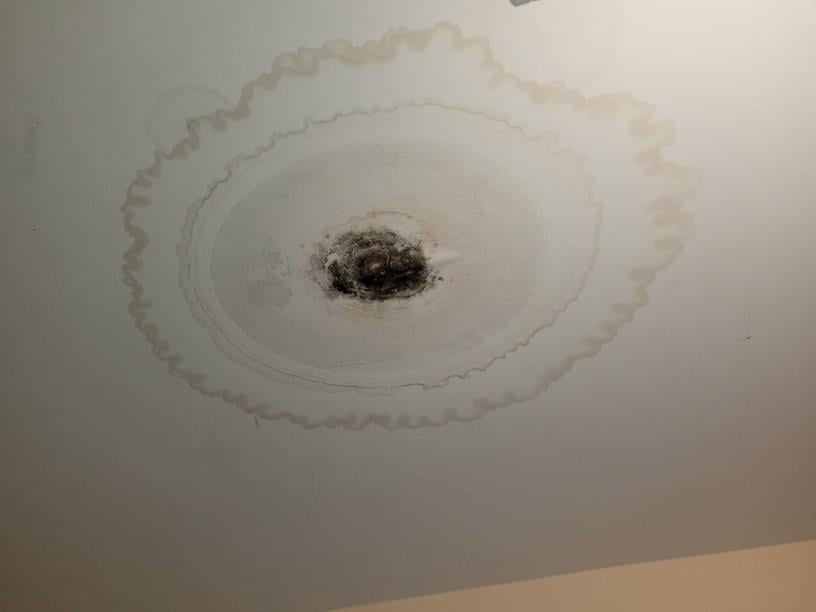Bathroom Water Leaks: Exploring Spotting and Fixing Strategies
Bathroom Water Leaks: Exploring Spotting and Fixing Strategies
Blog Article
Almost everyone will have their own unique idea on the subject of How to Check for Bathroom Leaks.

Restroom leaks are frustrating as they disrupt your day's strategy. It is an alleviation that a lot of restroom leaks are easy to take care of and spot, with marginal price implications.
Having a water leakage in restroom can be demanding to the house owner. The article offers as a "first aid" when you need an emergency situation response to a water leakage in restroom.
Discovery as well as Repair Work of Water Leak in Bathroom
Water leak in restroom commonly results from plumbing as well as pipeline mistakes. You may need a fundamental expertise of these leakage types to discover the water leakage in bathroom.
Dash Leaks
These commonly result from water spilling on the restroom floor from the bathtub. It damages the washroom flooring and might create rot to wood floorings and also restroom doors.
What to Do
If the leakage has harmed the bathroom floor or door, you may need to alter these to avoid further damages. The good news is that you can involve a plumbing expert to aid with the bathroom repair service.
Commode Leaks
In some cases, water leakages from the commode as well as pools around the toilet base. It is an eye sore in the restroom and also requires prompt attention. In some cases, it results from a loosened link between the container and the toilet. This causes water to leak from the cistern to the flooring. It may also arise from fractures in the toilet dish or a defective shut-off shutoff.
What to Do
You only require to tighten them if there are loose bolts between the cistern and commode. Often you might need to reapply wax on the gasket or contact a shower room leak specialist to replace damaged or used parts.
Clogged Bathroom Sinks
Occasionally, the water leak in restroom arises from sink blockages. This is typically a problem to home owners as well as might be unpleasant. Clogs may arise from the buildup of soap scum, hair particles, or particles that obstruct the drain. It is very easy to take care of clogs, and you might not require expert skills.
What to Do
You can make use of a drainpipe snake to remove the debris in the drain and allow the stagnant water flow. Drain pipes cleansers are likewise available in stores and are easy to use. A plunger is also useful in removing your drain. It is a typical family tool and can be found in convenient in getting rid of bothersome obstructions in sinks as well as drains.
Final thought
Water leaks in the bathroom are preventable events in the home. Maintenance and regular checks assist to keep every little thing in great form. You can never ever be too mindful, and these occasions still take place. When they do, fix them immediately, or involve the services of an expert.
The article serves as a "initial aid" when you need an emergency situation response to a water leakage in bathroom.
Water leak in washroom typically results from pipes as well as pipeline faults. You may require a basic understanding of these leak kinds to spot the water leakage in restroom. It harms the washroom flooring and may cause rot to wooden floors as well as shower room doors. Sometimes, the water leak in shower room results from sink clogs.
How to Detect and Fix a Bathroom Leak
1. Inspect bathroom for water leaks. Check areas around the tub, tub drain, tub overflow, shower door and toilet. 2. Snap chalk lines on ceiling below and use a reciprocating saw to cut out the damaged drywall. 3. Inspect the backside of the damaged drywall for water damage. 4. Measure the distance from the water damage to the nearest plumbing fixture to determine the source of the leak. 5. Perform a water-leak test with handheld shower by spraying water around the shower door. 6. Check for water leaking out of shower or tub and into the ceiling below. 7. Attach a snap-on door sweep to the vertical edge of the shower door to create a watertight seal. 8. Use utility knife or grout saw to scratch out the old grout and caulk from joint between floor and tub. 9. Apply a bead of clear silicone caulk to joint between floor and tub. 10. Patch ceiling with a new piece of drywall; attach the drywall with 1¼-inch drywall screws. 11. Finish the drywall patch with joint compound and joint tape. 12. Once the drywall is finished, apply one coat of primer and two paint topcoats. https://www.thisoldhouse.com/bathrooms/21016799/how-to-detect-and-fix-a-bathroom-leak

I stumbled upon that review about How to Check for Bathroom Leaks while doing a search on the search engines. Are you aware of another individual who is fascinated with How to Check for Bathroom Leaks? Do not hesitate to share it. We thank you for reading our article about How to Check for Bathroom Leaks.
Professional plumbers, immediate response. Report this page